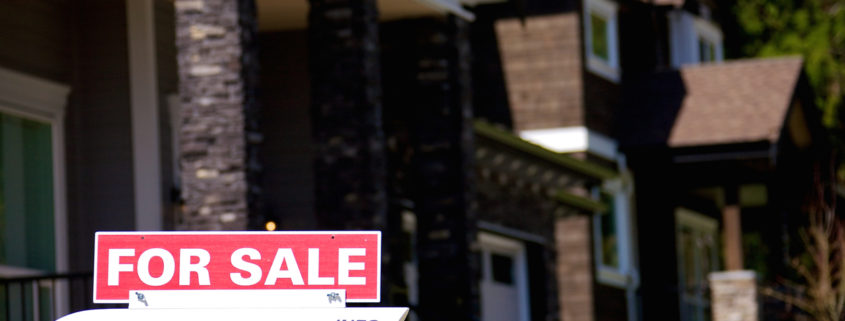
Entering aged care shouldn’t cost the home
June 2018 | Adam Faulkner
The transition to aged care comes with it a wide range of financial implications. Knowing in advance what the criteria are against which a person will be measured can help prepare for the future.
When you’re looking at aged care, there are a couple of early conclusions people come to that are inevitably the wrong decision, so it’s about getting the tools to assess what’s the right thing to do. Considering the future earlier can help create a plan to work to. If the work isn’t done in advance, it can be a terribly stressful and frantic experience. Many people try and stay in the home as long as they can, and that in itself becomes a negative experience. The rules keep changing, so it’s something that should be revisited some frequency.
When examining the path into aged care, many people quickly assume that they will need to sell the family home to make the transition. This could be because of the Refundable Accommodation Deposit (RAD), which could simply be more than the assets they have available, or because of concerns about the ability to maintain cashflow through later years. This is the first mistake.
Assessments
The rules around assessment have changed in recent years. Previously, if you made a daily accommodation payment (DAP), your home and any rental income from it were exempt from assessment. This no longer applies. If someone is currently under this previous system, and they leave care for 28 days — if the family goes on holidays and wants to take the person in care with them — then those old rules will no longer apply on their re-entry into care.
Aged Pension has an income test, and an asset test, and the worst of the two outcomes is what will applied to the individual. In aged care, the means test is a combination that looks at the asset test and income, and draws them together. It doesn’t mean that it’s any harsher, but it’s not one of the other, it’s both.
In order to establish which pathway will best suit a person or couple, there are a number of considerations. These include the value of the family home, the total amounts in pension, any other savings, and the ongoing costs per year to maintain a lifestyle that suits the situation.
For the first two years after entering aged care, the family home is not considered when assessing eligibility for pension, but after two years, that asset is considered and for most people, that will drop their eligibility down to zero. Pretty much any home in any capital city in Australia, when factored into an assessment, would wipe out eligibility for any aged pension.
The family home is a very protected asset for aged care purposes. The asset is capped at a valuation of about $165,000 per person, so it will only ever be valued at that amount. That total can be dialled town to zero if a ‘protected person’ —a spouse, family member, or carer who has lived there for two years or more — continues to reside there after the individual enters aged care.
Options without the RAD
The RAD is not compulsory. Many aged care providers will not highlight this but all government-registered aged care facilities must provide pathways into their systems without allocating a chunk of capital at the outset. If someone elects to pay some of the RAD, then they can also nominate their ongoing DAP be taken from that asset, meaning ongoing impacts on cashflow can be reduced. Because the RAD is not assessed as an asset for aged pension, this can be a powerful strategy.
On all fronts, for the first two years in care, the retention of the family home is the best approach. The statistics will tell you that the average person will be in aged care for 2.5 years. Even the loss of the age pension after two years may not be reason enough to sell the home. The only way this requires more consideration is if the person has Alzheimer’s or dementia, and the time in care is likely to be significantly more than 2.5 years.
Examples
The first example we’ll use is that of a couple with a family home worth $1.5 million, with $500,000 in an account based pension (ABP), $50,000 in cash, plus contents and lifestyle assets like vehicle, caravan, and spending $60,000 per year.
Their cashflow will provide ABP income of $35,000, an age pension income of $18,200, bank interest of $1000 for a total income of $54,200 per year, meaning they will remove $5800 from capital each year, which is not unusual.
If one member moves into aged care and the other does not, they will become ‘illness separated’ for the Aged Pension, increasing their entitlement by up to $11,000 per year.
If they elect to keep the family home, and pay no RAD, then they will remove a little over $51,000 per year from their capital. If they retain the home but use part of their savings to pay some of the RAD, then they will remove around $38,000 from their capital per year. If they sell the home, and pay the full RAD, the figure will increase to more than $57,000, due to the loss of the aged pension, the increase in the Means Tested Care Fees to around $17,000 per year, and the need for the spouse to pay for rental accommodation.
Looking at liquidity, the first options (retain home, no RAD) will give them 10.7 years of cashflow. The second options (retain home, partial RAD) will see the timeline rise to 19 years, while the third option (sell home, full RAD) will cover them for 23 years.
Clearly, retaining the family home can offer both a lengthy window for life in aged care, while still retaining the asset for future generations. The most important thing to note is that the home asset has concessional treatment so don’t jump to the conclusion that it must be sold.
As with any such potential change in lifestyle, consult your financial adviser to make sure you’re across all the complexities.


